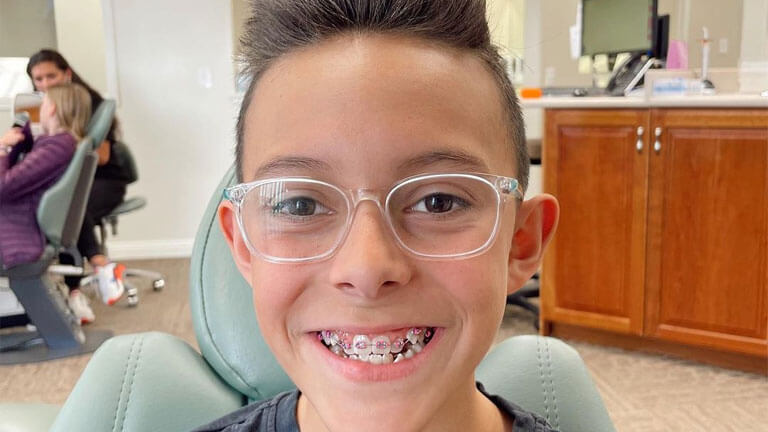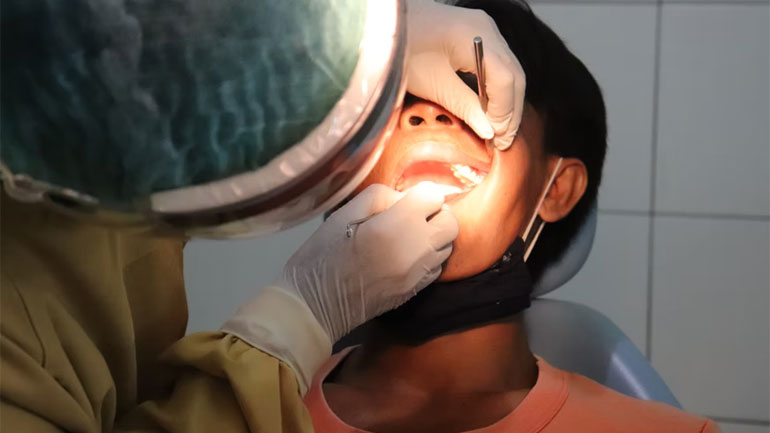
Navigating the world of orthodontics for children can be a daunting task for any parent. Early orthodontic intervention, also known as interceptive orthodontics, can play a critical role in a child’s oral health and overall well-being. This article delves into the various aspects of early orthodontic treatment, exploring its benefits, options available, and important considerations for parents. We aim to provide a comprehensive guide to help you make informed decisions about your child’s orthodontic care.
1. The Importance of Early Orthodontic Evaluation
An early orthodontic evaluation is crucial in identifying potential dental issues before they become more complex. The American Association of Orthodontists recommends that children have their first orthodontic visit by the age of seven. This early assessment allows orthodontists to monitor the child’s dental development and intervene at the optimal time. Early detection of issues such as misaligned teeth, bite problems, or jaw discrepancies can simplify future treatments and, in some cases, eliminate the need for more invasive procedures.
2. Benefits of Early Intervention in Orthodontics
Early orthodontic intervention offers numerous benefits. It can guide the growth of the jaw and correct bite problems, which in turn can reduce the risk of needing tooth extractions or surgery in the future. Early treatment can also address habits such as thumb sucking or tongue thrusting that can affect dental alignment. Moreover, addressing orthodontic issues at a young age can boost a child’s self-esteem and contribute to better oral hygiene, as straighter teeth are easier to clean.
3. Types of Orthodontic Appliances for Children
Various orthodontic appliances are available for early intervention, each designed to address specific issues. Traditional braces are the most common, but there are also palatal expanders, which are used to widen the upper jaw, and space maintainers, which keep space open for permanent teeth to emerge correctly. Additionally, modern orthodontics has introduced more child-friendly options like Invisalign First, designed specifically for younger children with a mix of baby and permanent teeth.
4. Recognizing Signs That Your Child May Need Orthodontic Treatment
As a parent, it’s important to recognize signs that may indicate the need for orthodontic treatment. These signs include difficulty in chewing or biting, mouth breathing, thumb or finger sucking past the age of five, crowded or misplaced teeth, and jaws that shift or make sounds. Early observation and consultation with an orthodontist can help in timely intervention, making treatments more effective and less complicated.
5. Managing Your Child’s Orthodontic Care
Effective management of your child’s orthodontic care is key to successful treatment. This involves regular appointments for adjustments and monitoring progress. Parents need to foster a positive attitude towards these visits and orthodontic care in general. Ensuring your child adheres to the orthodontist’s instructions, such as wearing appliances as prescribed and maintaining good oral hygiene, is crucial. Additionally, being proactive in addressing any concerns or issues that arise during treatment can help keep things on track.
6. Understanding Braces Prices and Treatment Options
When it comes to early orthodontic treatment, understanding braces prices and other treatment options is essential for parents. Prices can vary significantly based on the type of treatment, duration, and geographic location. Traditional metal braces, ceramic braces, and clear aligners are among the popular choices, each with different cost structures. It’s important to discuss with your orthodontist the most effective and economical options for your child, considering not only the financial aspect but also the comfort and specific orthodontic needs of your child.
7. The Role of Technology in Modern Orthodontics
The field of orthodontics has seen significant advancements in technology, enhancing treatment effectiveness and patient comfort. Digital imaging and 3D printing have revolutionized treatment planning, allowing for more precise and customized appliances. Innovations like temporary anchorage devices (TADs) and robotic wire bending are pushing the boundaries of what can be achieved in early orthodontic intervention. Staying informed about these technological advancements can help parents understand the options and possibilities available for their child’s treatment.
8. Preparing Your Child for Orthodontic Treatment
Preparing your child for orthodontic treatment is crucial for easing any anxiety and setting the stage for a smooth experience. Discuss what they can expect positively and reassuringly. Involve them in the process by letting them choose the colors of their braces, if applicable. Educate them about the importance of oral hygiene during treatment and encourage them to take responsibility for their oral care. Preparation and education can transform the orthodontic journey into a positive and empowering experience for your child.
9. Psychological Impact of Early Orthodontic Intervention
The psychological impact of early orthodontic intervention is an important aspect to consider. Correcting dental issues can significantly boost a child’s self-confidence and self-image, particularly during the sensitive developmental years. On the other hand, it’s vital to support children through any potential discomfort or self-consciousness they may feel during treatment. Open communication, reassurance, and focus on the positive outcomes can help mitigate any negative feelings associated with orthodontic treatment.
10. Maintaining Oral Health During Orthodontic Treatment
Maintaining oral health during orthodontic treatment is paramount. Teach your child proper brushing and flossing techniques to navigate around braces or other appliances. Regular dental check-ups and cleanings are essential to prevent issues like tooth decay and gum disease. Encourage a healthy diet, avoiding foods that can damage orthodontic appliances. Good oral hygiene practices not only contribute to the success of the orthodontic treatment but also instill habits that benefit long-term dental health.
Conclusion
Early orthodontic intervention offers a multitude of benefits for children, from preventing complex dental issues to enhancing self-esteem. Understanding the options, costs, and what the treatment entails are key steps in ensuring a successful orthodontic journey for your child. Embracing technology, preparing your child, and focusing on their oral health are essential components of effective orthodontic care. With proper management and support, early orthodontic intervention can be a positive and transformative experience, leading to a lifetime of healthy smiles. As parents, your role in this journey is invaluable – from making informed decisions to providing ongoing encouragement and support to your child.




